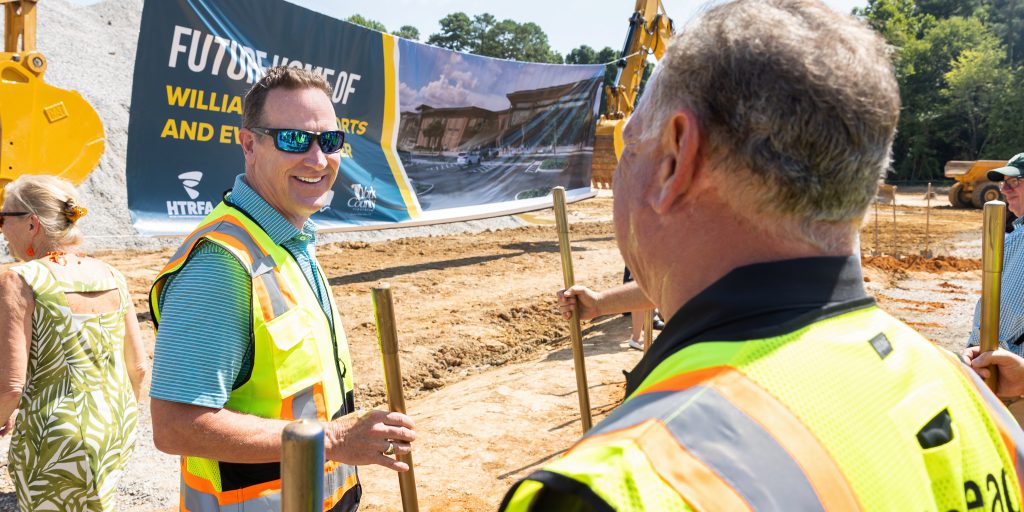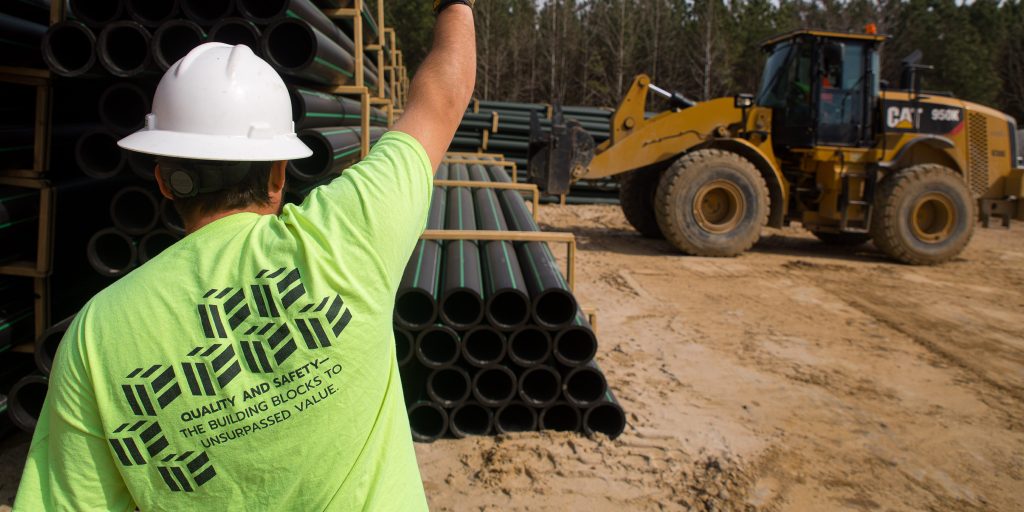Video of the event from the City of Norfolk can be watched here.
More about the project:
In 2016, the City of Norfolk received a $112 million grant from the US Department of Housing and Urban Development, making this project possible.
The project included providing flood protection via earthen berms, concrete retaining walls, raised roadways, and improvements to stormwater, sanitary sewer, and waterlines. Environmental assets included a living shoreline, wetlands creation, and urban stormwater bioswales. Two pump stations were built for stormwater removal: the Ballentine Pump Station included three 34,000 GPM pumps, and Haynes Creek Pump Station has four 7,600 GPM pumps. Each included an industrial duplex sump pump system to control maintenance dewatering of the wet well.
Community connectivity features included a pile-supported fishing pier, “Resilience Park” with multi-use sports field, playgrounds, and community gathering spaces, and improvements to walkways throughout the 64-acre site.

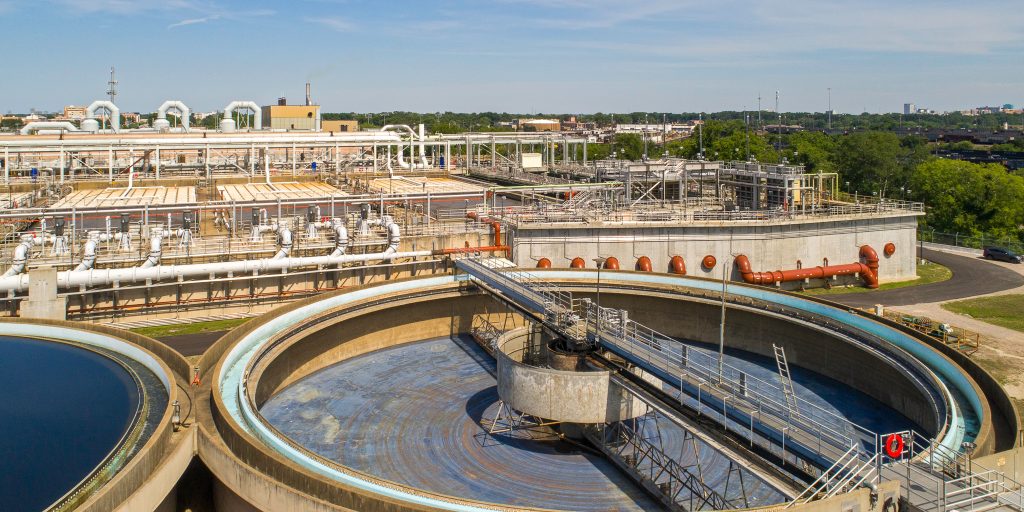


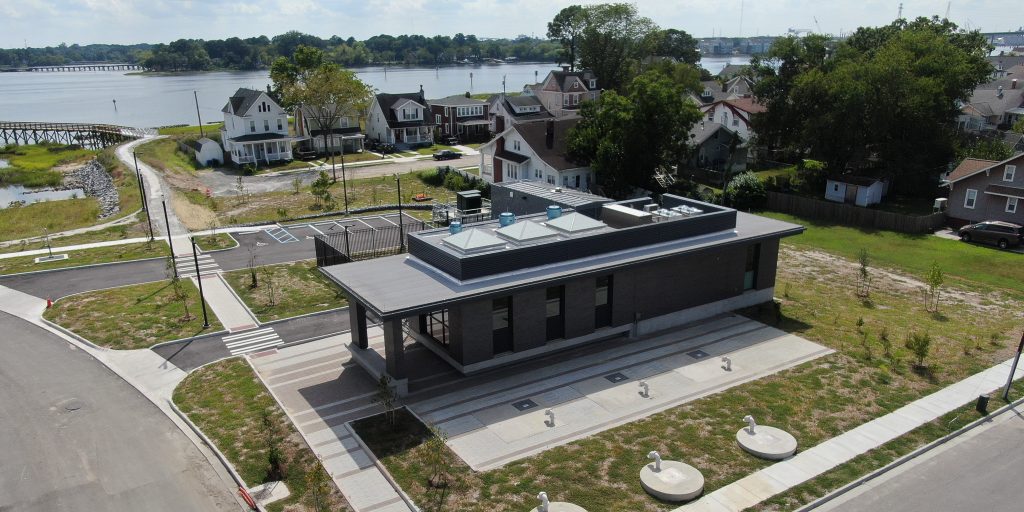
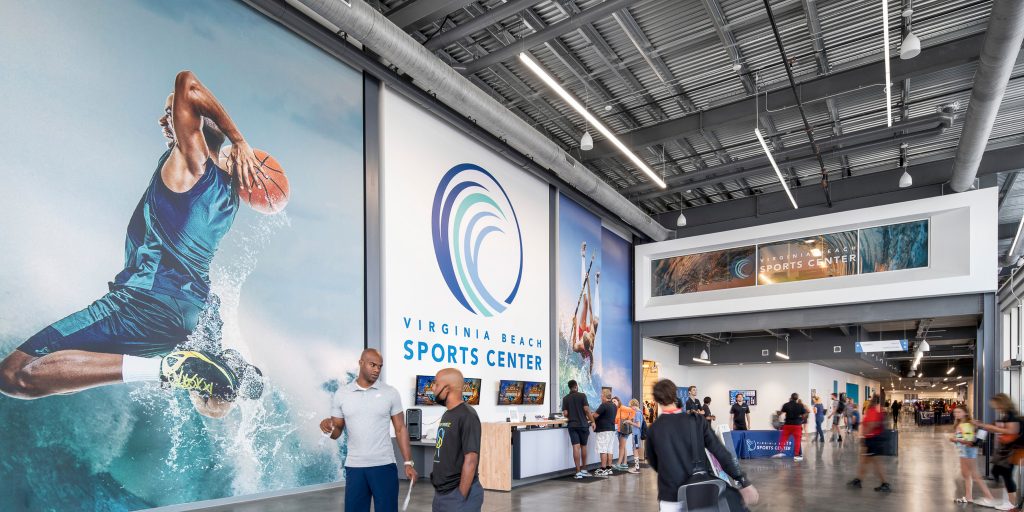

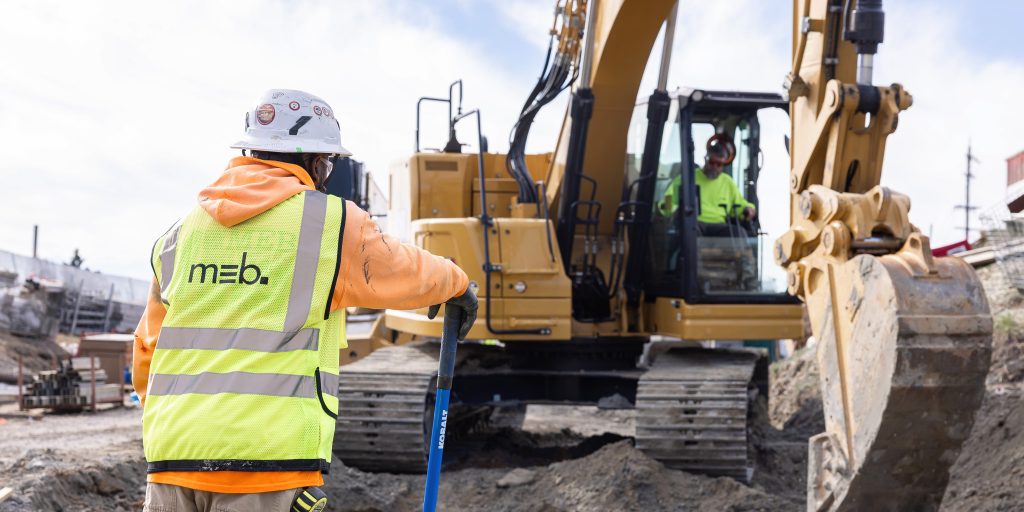
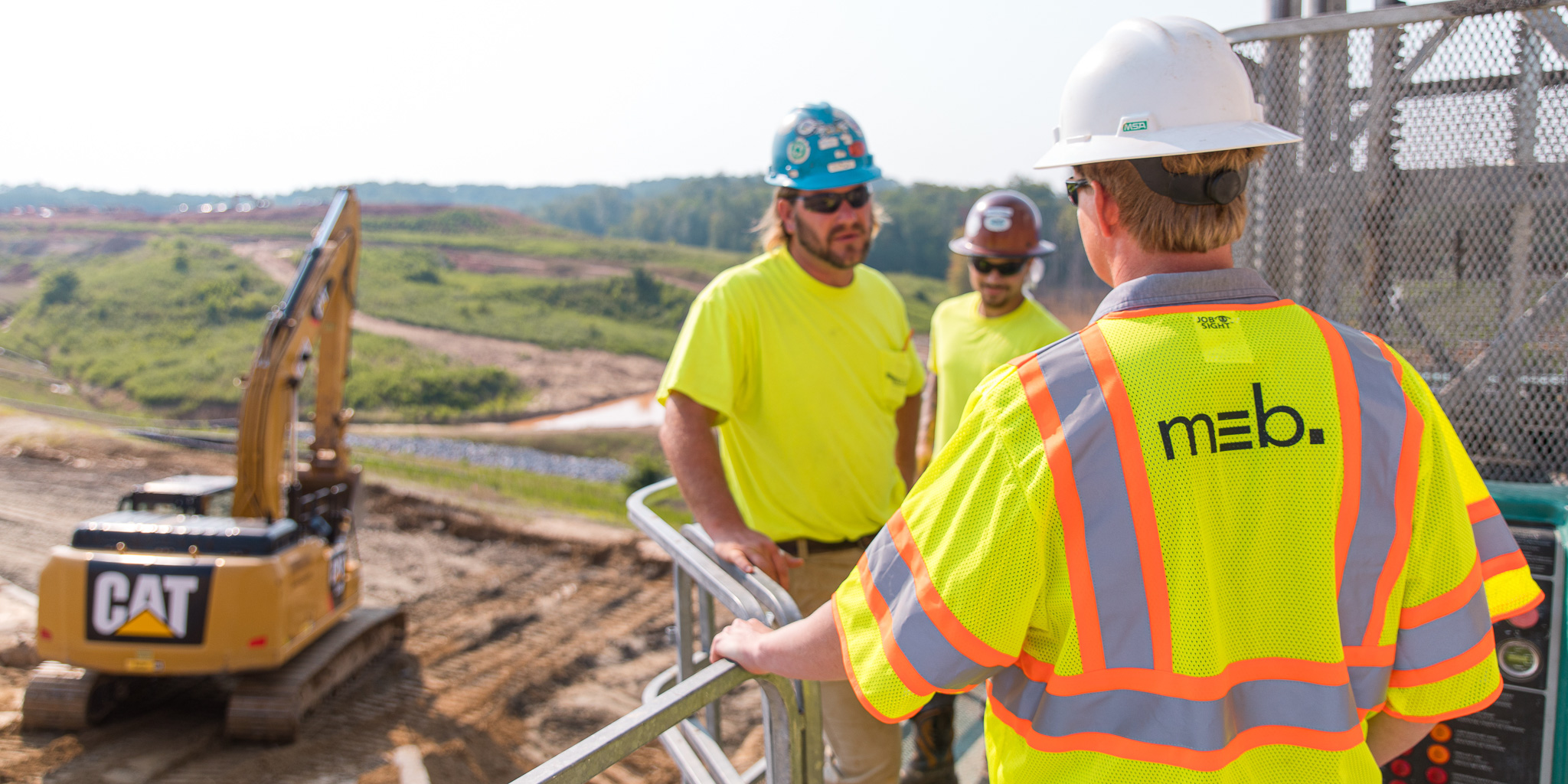 >
>
 >
>
 >
>




